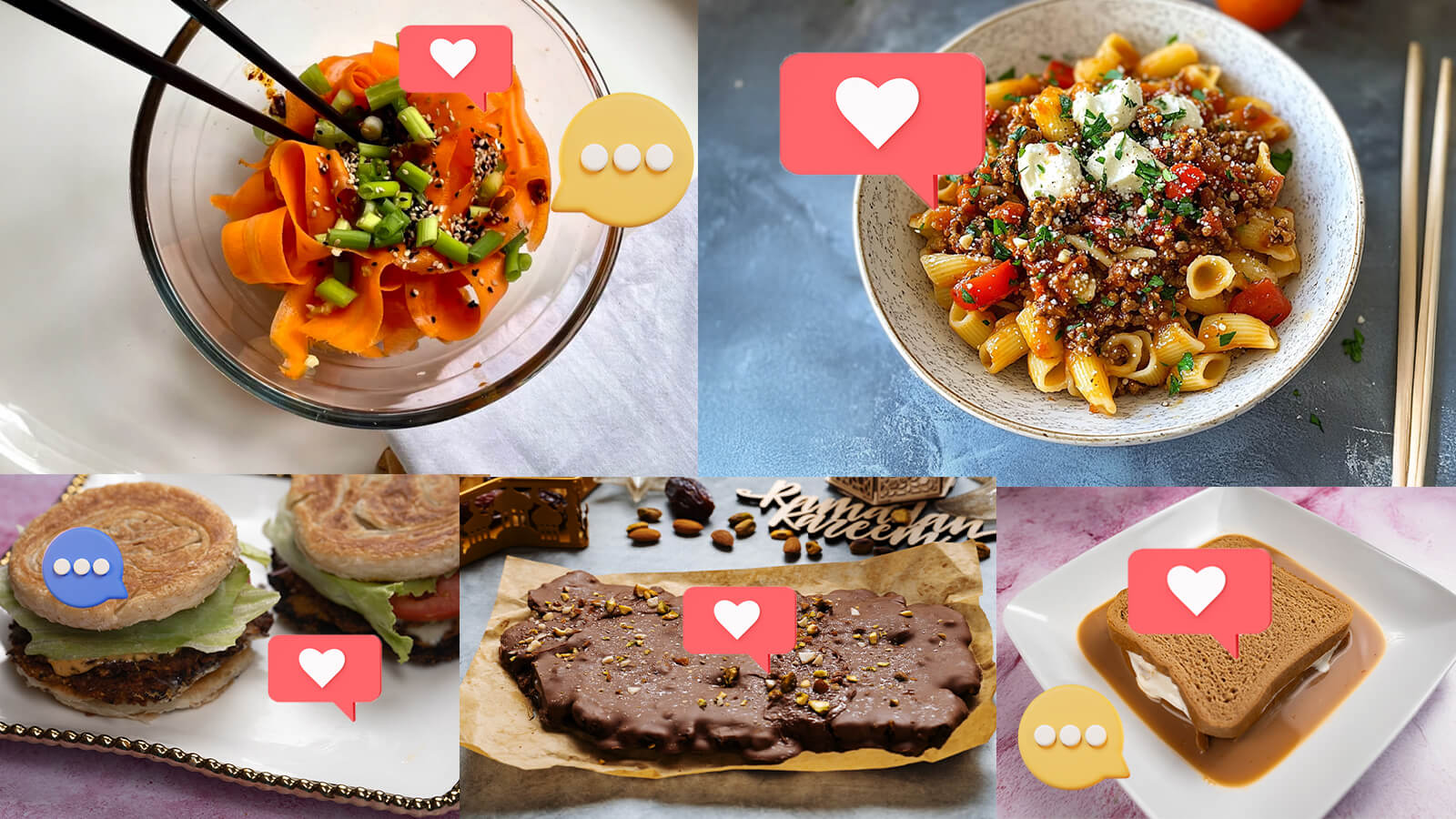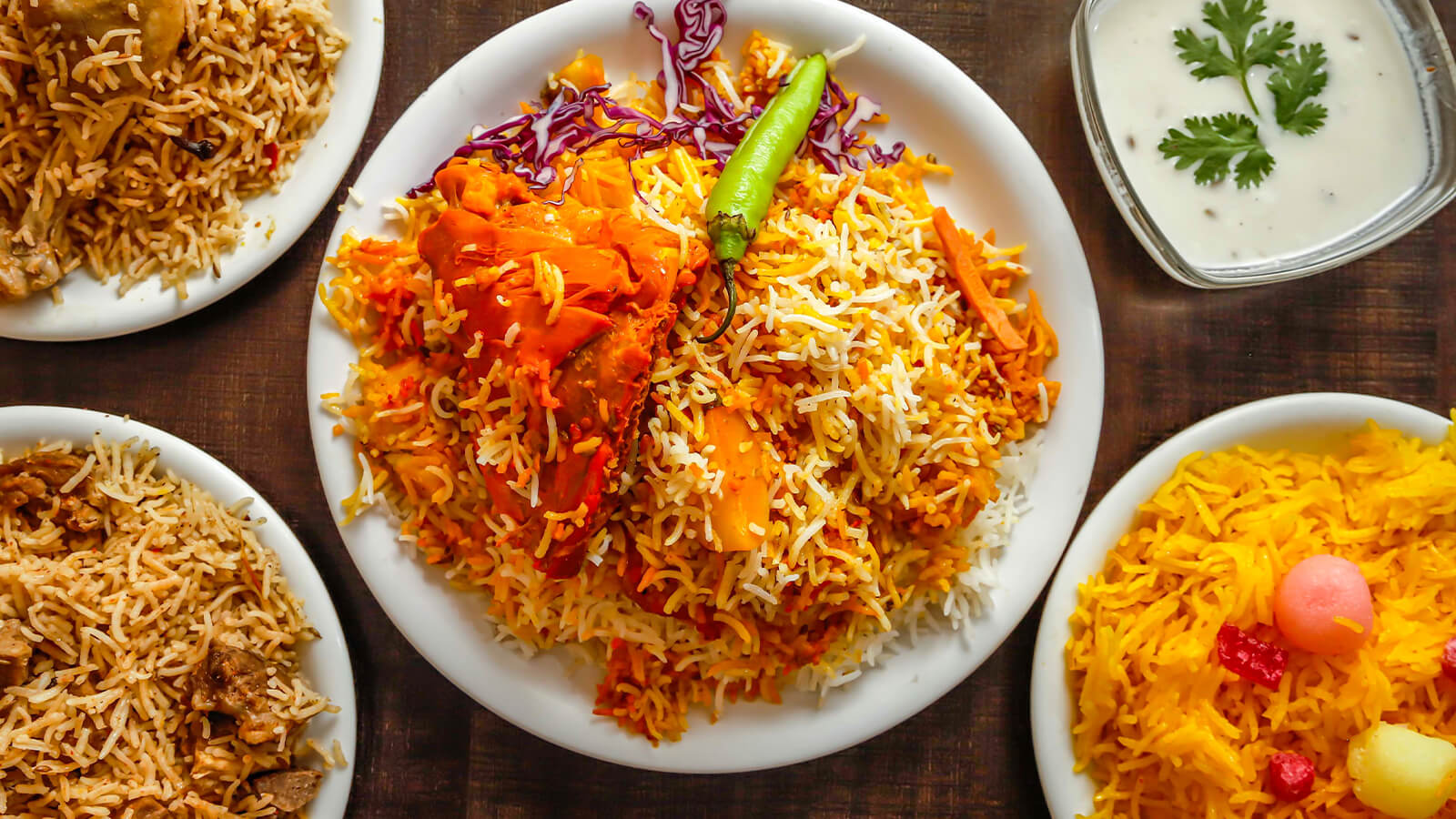A Mainstream Holi

In the age of social media, where continuous sharing and connectedness are normal parts of everyday life, it’s no surprise that Holi, a colorful holiday that preaches inclusion, revitalization, and oneness, has risen in popularity. A search for #holi2012 on Instagram populates around 251 results, while a search for #holi2015 returns over 20,000!

(Google Trends show a similar spike when searching for Holi)
A tradition that began thousands of years ago in Northern India has spread to the world. Holi is celebrated in conjunction with the full moon of Phalguna, and usually falls during February and March. A time when many are coming to grasps with the notion that winter is not everlasting. Spring is seen in cultures throughout the world as a time of revitalization, Holi brings this idea to a physical plane with a larger than life celebration more commonly known as the Festival of Colors
Holi in America is different from Holi in India. The celebrations in America usually last a day and are contained within a single event while Holi in India is a multi-day celebration that begins with the Holika Fire. Holika was a treacherous demon in Hindu Vedic scriptures who was burnt to death with the help of God Vishnu. Holi derives its name from Holika and celebrates the victory of good over evil. People fill the streets of India and squirt one another with colored water, water balloons, and paint each other’s faces. Their differences are suspended as the feeling of oneness propagates throughout the land. Every corner of India is reverberating with the shouts: “Bura na mano Holi hai!” (Don’t get offended, it's Holi!)

Image courtesy: Dogo News
The throwing of colored powder into the air is what comes to mind when most people think of Holi. As the legend goes, the eclectic Lord Krishna griped to his mother about how a woman, Radha, had a fair complexion while his was dark. She suggested he throw color on Radha’s face and remove the difference between them. This is why people play with color and water during Holi, the splashes of color symbolize the breakdown of barriers of color, creed, and religion.

(Courtest of http://www.tyoharokakhazana.com/)
Holi celebrations have transformed into must attend cultural events. The Sri Radha Krishna Temple in Spanish Fork, Utah (approximately 50 miles South of Salt Lake City) recently held a 70,000 person multi-day Holi Festival where non Hindu attendees outnumbered Hindus 2 to 1. College campuses have also played a big part of Holi coming to the mainstream. During Holi, students at many campuses can be seen participating in Holi-inspired color throws.
The Soul of India is on full display during Holi. A vibrant energy which Indians believe represents their culture is felt in the air. The inclusive nature of the celebrations is on full display when crowds of strangers wearing all white t-shirts throw fistfuls of organic powder into the air and each other. At a time when the media portrays a divisive world, Holi serves a reminder that inclusion is the norm. The celebration of Holy by non-Hindus is the ultimate affirmation that some traditions are timeless.






